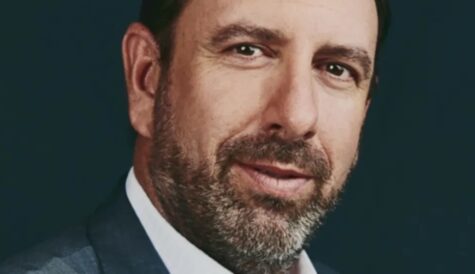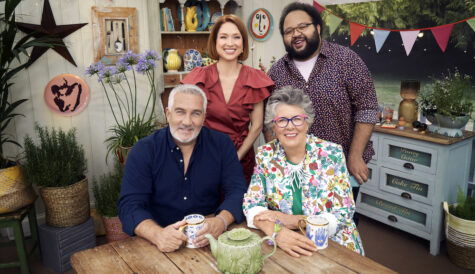Copycats Look Out – Big Brother is watching
Jonathan Coad, partner, media, brands & technology, Lewis Silkin LLP
While the TV industry gets used to rapid change in business models, income streams, production budgets etc, there is one development which may still have come as a surprise. In July 2010, Richard Desmond brought Channel 5 from RTL for approximately £104 million.
This sum was however dwarfed by the £200 million that he subsequently paid for the rights to screen for five years a mere reality television programme, Big Brother, which in turn enabled Channel 5 to beat ITV’s prime time ratings for a weekend slot. We are now confronted with the extraordinary reality that you can apparently buy two terrestrial broadcasters for the price of one internationally successful format. That means these programmes are likely to be increasingly jealously guarded by their owners.
The challenge set to lawyers by a programme in which a group of strangers are gathered together in a residential studio that is filled with microphones and cameras and the resulting footage is edited and broadcast, has now been confronted by judiciary in a number of countries outside the UK. The first successful defence of the Big Brother format took place in Brazil.
The São Paulo State Court of Appeals recently upheld that 2003 decision that a programme Casa dos Artistas, produced and aired by local broadcaster TV SBT, was an unlicensed version of Big Brother and that the Big Brother format enjoys copyright protection under Brazilian law. It concluded that the format of Big Brother comprises a programme with a beginning, middle and end and consists of unique features such as the attachment of microphones to contestants’ bodies which are linked 24 hours a day, music styles, and the ability for the public to observe the contestants as they engage in certain activities.
Shortly after this Appellate court endorsement of the first instance decision to protect this format, came a decision of the Tribunale de Commerce de Paris of March of this year. The Paris Court found in favour of Endemol, the show’s producers, in its dispute with ALJ Productions, founded by an ex-employee, over a programme called Dilemme (Dilemma) over what the Court clearly found to be a Big Brother copycat. It found that ALJ Productions had used characteristic elements of Endemol’s “Confinement” format; the programme mechanics, the casting methodology, the broadcast methodology and a number of technical elements.
The Court concluded that this plagiarism amounted to unfair competition and whereas Endemol had already proved its investment in the format, ALJ Productions was found to have merely piggybacked that investment. Damages were set at €900,000, which was adjudged to be the value of Endemol’s lost opportunity to have partnered with the broadcaster at a substantial profit, rather as it has with Channel 5. There is an appeal pending.
A couple of months later, in May this year, a Brazilian Court upheld FremantleMedia’s claim in unfair competition of copyright concerning its ...Got Talent format. Although this judgment is also under appeal, it shows clearly the way in which informed judiciary in countries with a well developed market for television formats recognise that it is a species of intellectual property that warrants protection.
Although we do not yet have a clear determination by a UK Court in the form of a successful claim for format protection, nobody who practices in this area doubts that when a suitable case comes along, the UK courts will follow suit. For those same practitioners, there are also ill-founded claims, which should properly fail. The difficulty is those grey areas, where clearly elements of a successful programme have found their way (innocently or otherwise) into a subsequent incarnation of the genre. Courts are not for the first time being asked to determine the difference between inspiration and plagiarism.
However, with a growing body of case law foundation for the protection of unscripted formats, not only must format devisors be wary of a potential claim where they are potentially trespassing on the turf of a brand leader such as Big Brother, but they must also look at the track record of the owner of the extraordinarily valuable new properties to see whether they will be vigilant in their protection. It is often that, rather than the strict legal analysis, which will determine whether a rival can be safely created and marketed or not. Whether as a matter of strict legal analysis your format is “clean” or not, a determined legal claim will tarnish it and render it unsellable.



